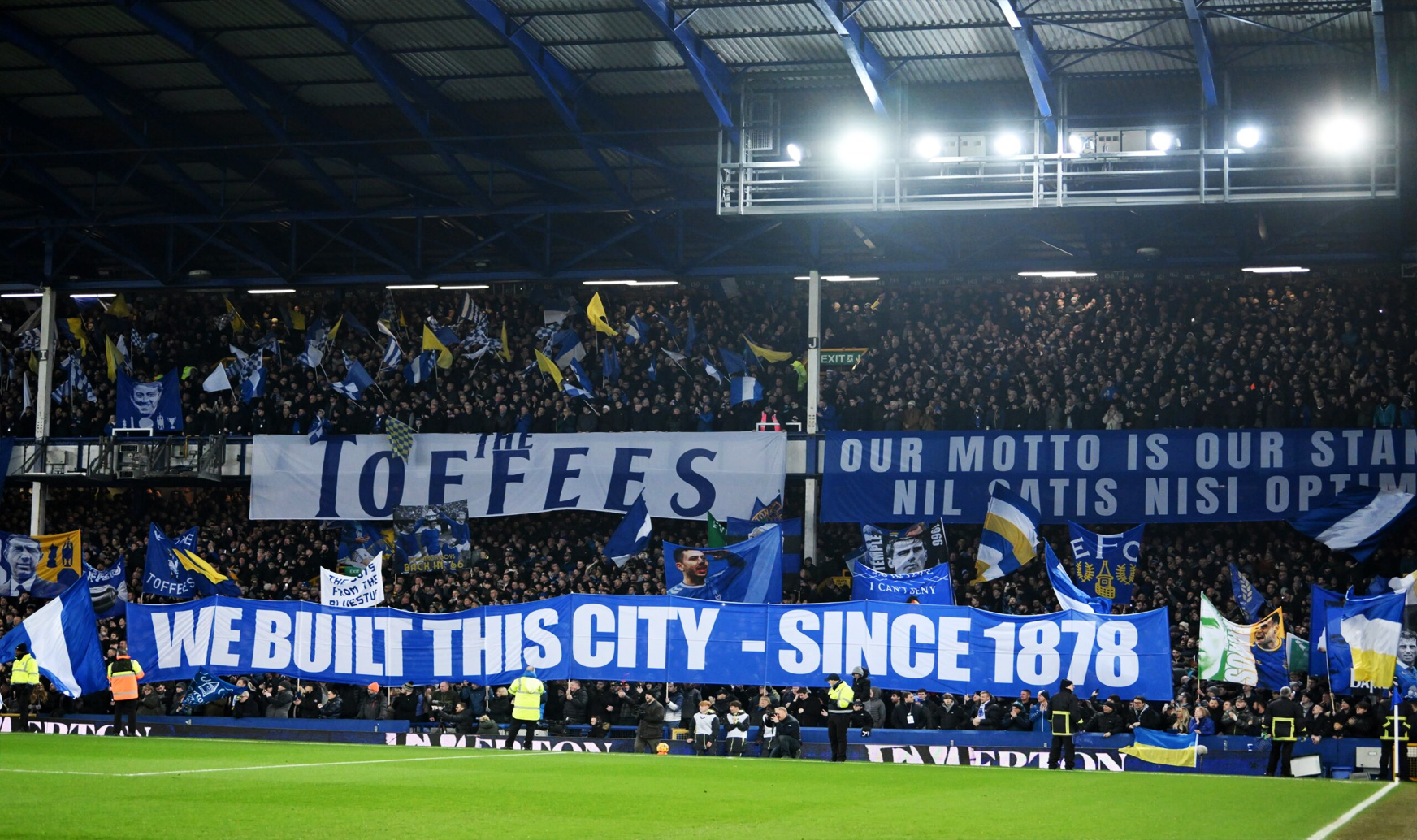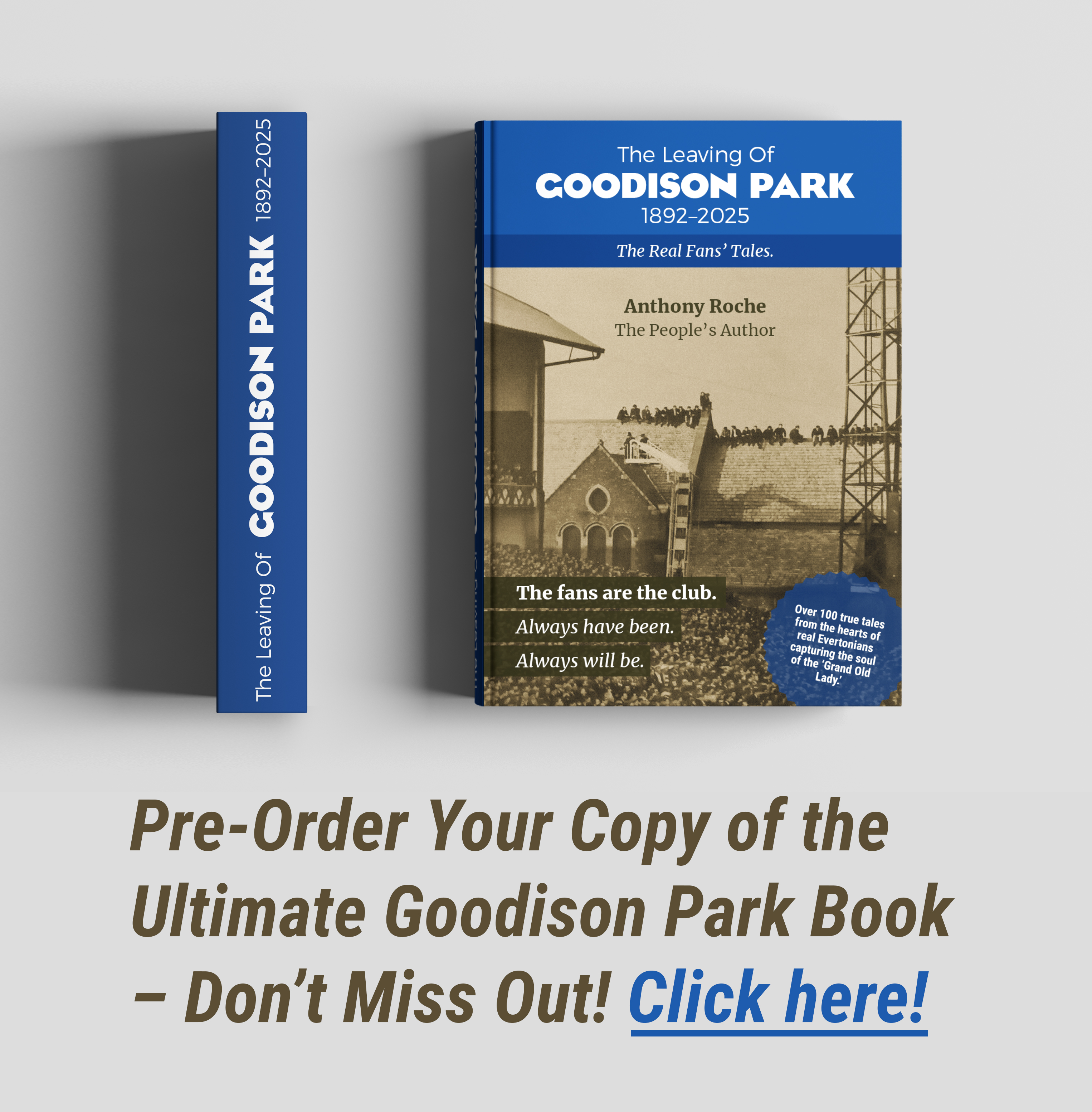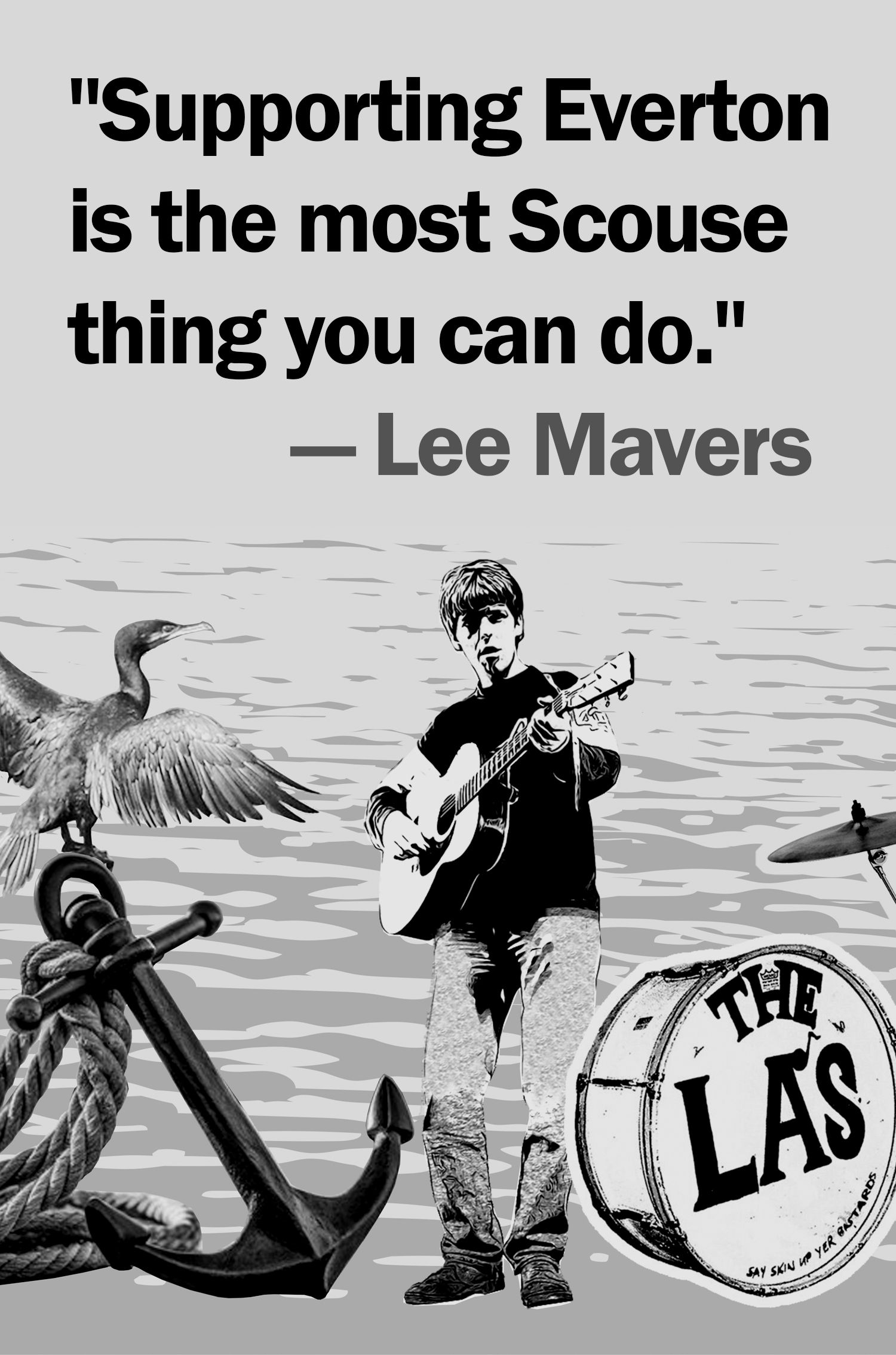One Last Roar: Goodison Doesn’t Let the Blues Down
7 April 2025

What a night!
On the last ever Goodison derby night, a ramshackle beauty built of wood and soul shone in all its glory, surpassing even the most dramatic of scripts. The closing act delivered everything Evertonians could have wished for—an electric atmosphere, a last-gasp equaliser, and the kind of chaos only Goodison can generate. When Tarkowski’s 98th-minute goal finally stood after a nerve-shredding VAR check, the old ground erupted. But that was just the beginning. Tempers flared, Doucoure taunted Liverpool’s fans, Curtis Jones reacted, and within moments, a full-blown melee broke out. Players, coaches, police, and stewards all became part of a chaotic crescendo to the final derby at Goodison.
David Moyes, back prowling the touchline in familiar fashion, summed it up simply: "It was mayhem all game. A bit of a throwback. The place was boiling hot all night. It was an incredible atmosphere."
That atmosphere, that unrelenting passion, is what makes Goodison unique. It’s not just the noise, the history, or the memories; it’s in the very fabric of the place, in the bones of the old wooden stands that have absorbed generations of joy and despair.
As the final derby day dawned, Evertonians came together just as they always have — gathering at the feet of Dixie Dean, pausing by the Holy Trinity statue to honor Ball, Kendall, and Harvey, and filling the familiar old pubs that have served as havens for pre-match nerves and post-match stories alike. These cherished routines, played out along the tight terraced streets around Goodison for generations, will be sorely missed.
The Goodison Legacy Project will do its best to preserve the spirit — with the centre circle turned into green space, the statues remaining as proud markers of history, and memories carefully enshrined. But nothing will ever quite replicate the magic of those nights beneath the old floodlights, when the wooden stands seemed to tremble with noise, passion, and raw defiance — a feeling only Goodison could conjure.
Inside, the buildup was pure Goodison. The air-raid siren blared before Z-Cars rang out, the Gwladys Street End waved its flags, and banners with messages like "We Built This City – 1878" and "There Are Places I’ll Remember 1892-2025" captured the poignancy of the moment.
On the pitch, Everton’s revival under Moyes was on full display. Beto fired them ahead, and while Liverpool’s response through Mac Allister and Salah seemed to have stolen the script, Tarkowski’s late, late goal ensured Everton had the final say. It was a fight to the last—a throwback to Everton’s grit and steel, a reminder that Goodison’s last stand would not be a surrender.
And when it was all over, I Guess That’s Why They Call It the Blues played out over the tannoy, a fitting soundtrack to a night that will live forever in Everton folklore.
Outside, near The Winslow and The Blue House, under the gaze of the Everton Timeline that wraps around Goodison’s walls, an image of a younger David Moyes holding an Everton scarf serves as a reminder of the past. Now, 23 years on, his hair turned white, he was back where he belongs, guiding Everton into battle one last time under the Goodison lights.
“I think it was hugely important that Evertonians get to finish at their stadium as best as they can,” Moyes said. “The support in here was unbelievable, it was incredible, and I think it was fitting they got an end like they did.”
This night belonged to Everton.
It belonged to Goodison.
What a night at Goodison Park. The old girl was never going to bow out quietly. What transpired on this final Merseyside derby night defied belief, delivering a spectacle of raw passion and unrelenting drama, turning it into a rollercoaster of emotion.
The most thrilling fairground rollercoasters—before the age of modern theme parks—were the old wooden ones, offering a raw, unpredictable thrill. They creaked and rattled, feeling as if they were held together by sheer momentum and history. That’s an apt analogy for Goodison. The visceral, almost chaotic energy witnessed on the last derby night is the kind that sleek, state-of-the-art designs can never replicate.
At Bramley-Moore Dock, the stadium will be modern, smooth, and structurally flawless. But will it feel the same? Not unless the fans inject that same raw passion, that same raucous unpredictability that shook the foundations of Goodison. Football has moved towards pristine, corporate-friendly arenas. But it’s the people—the fans—who determine whether a ground has soul.
It’s down to us. If Bramley-Moore is to feel like home, we have to make it more than just an impressive structure on the waterfront. We have to shake its very foundations the way we did at the Grand Old Lady. The floorboards beneath our feet, beaten relentlessly in battle, the wooden seats, and the royal blue paint clinging defiantly to timeworn beams—these are things we can only take with us in our hearts and souls. Whatever Bramley-Moore lacks in terms of history, imperfection, and the sheer raw character of Goodison’s wooden bones, it is our duty to make up for with passion, noise, and unshakable Evertonian spirit.

Tell your friends!
Refer them to this easy-to-remember address: evertontimes.com/goodison. This is an important historical document for future generations who will never know what Goodison Park was like unless we record the memories and pass them on through the generations.

Book signing at St Lukes
On 5th April at 11am, before the Arsenal match, call in to St Lukes to find out about the ultimate Goodison Book with 'The People's Author' Anthony Roche, and get a copy or order one in case of sell-out on the day.
Tell your friends!
Refer them to this easy-to-remember address: evertontimes.com/goodison. This is an important historical document for future generations who will never know what Goodison Park was like unless we record the memories and pass them on through the generations.